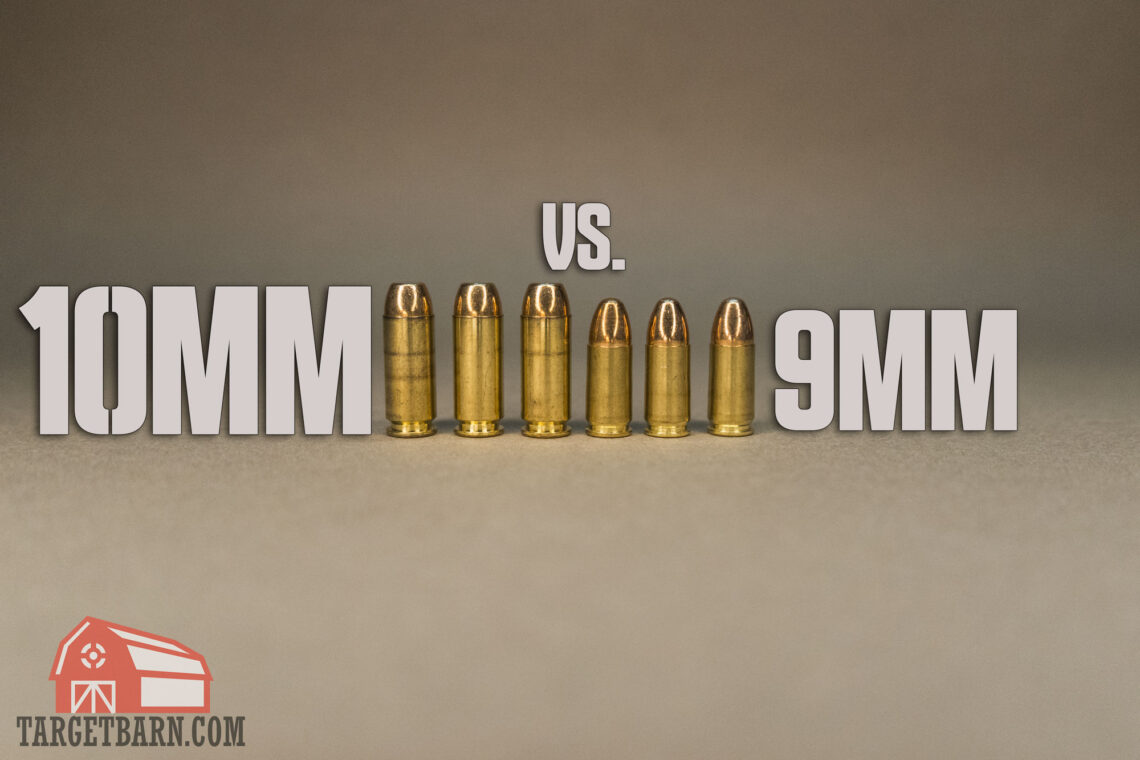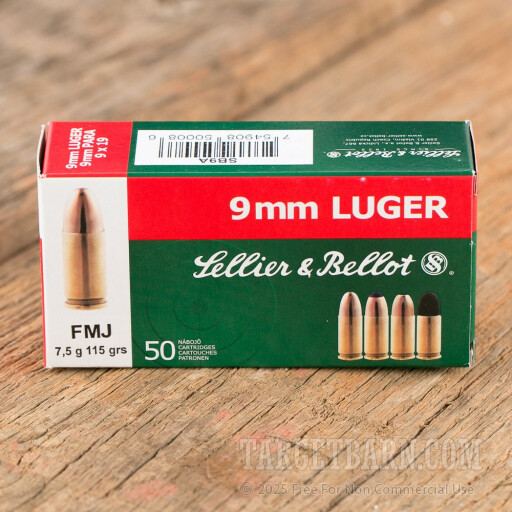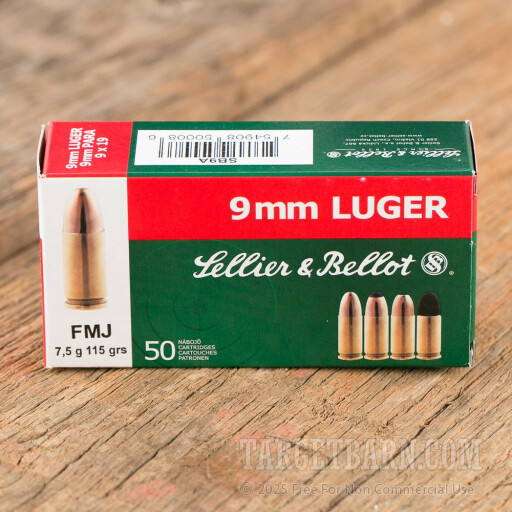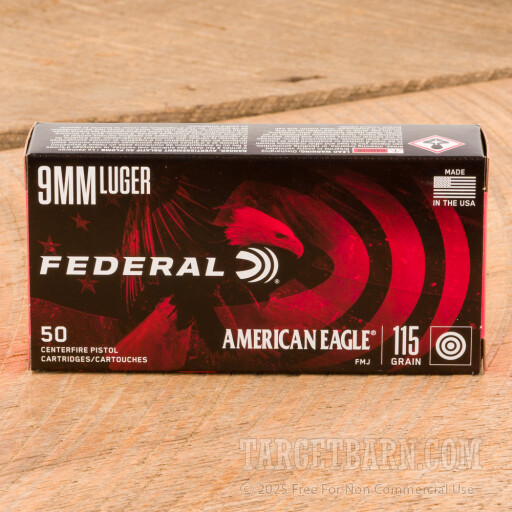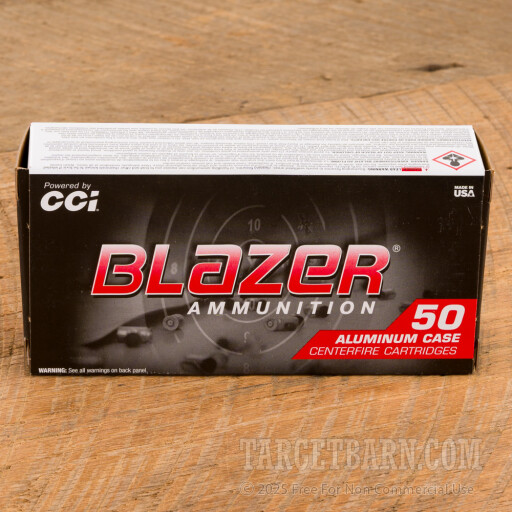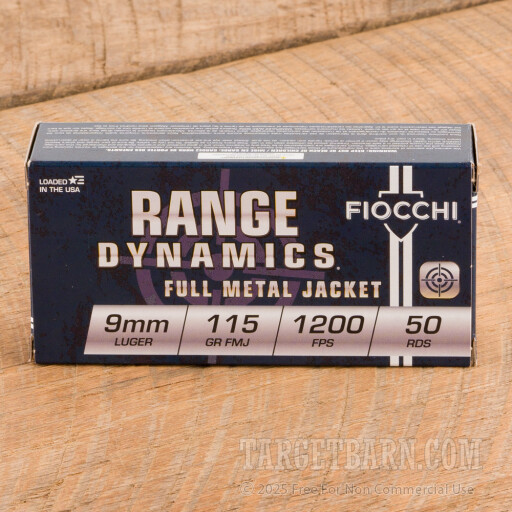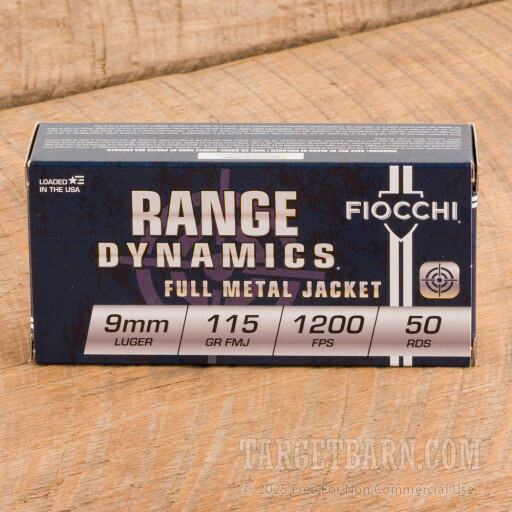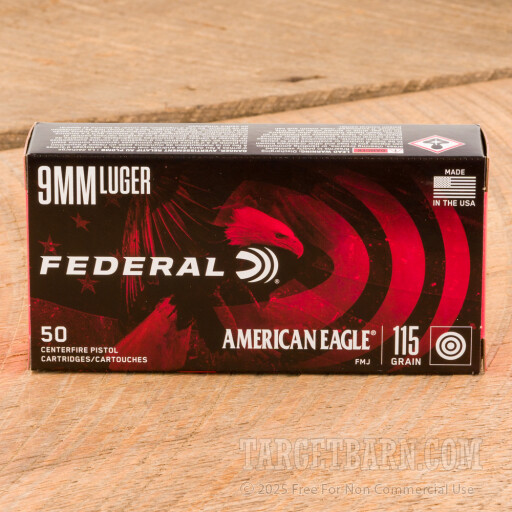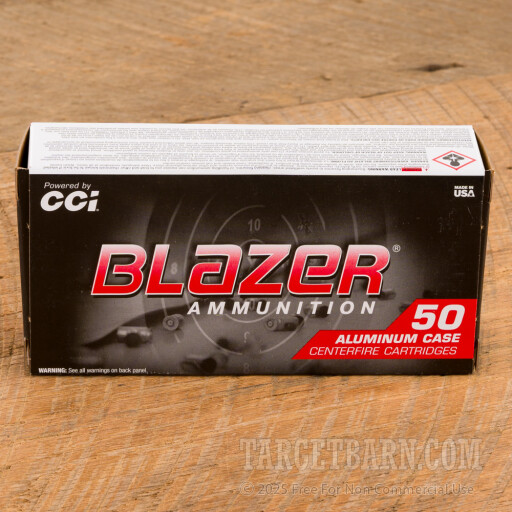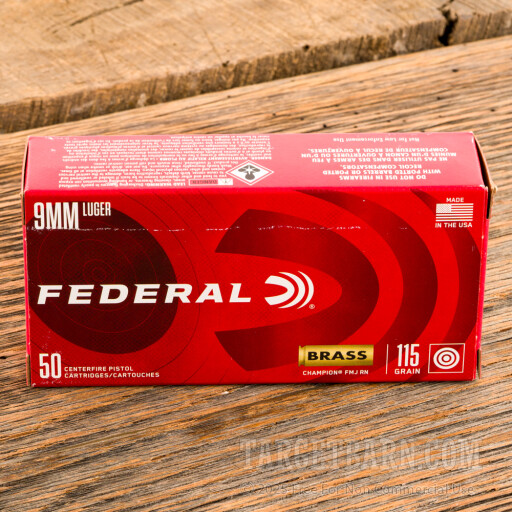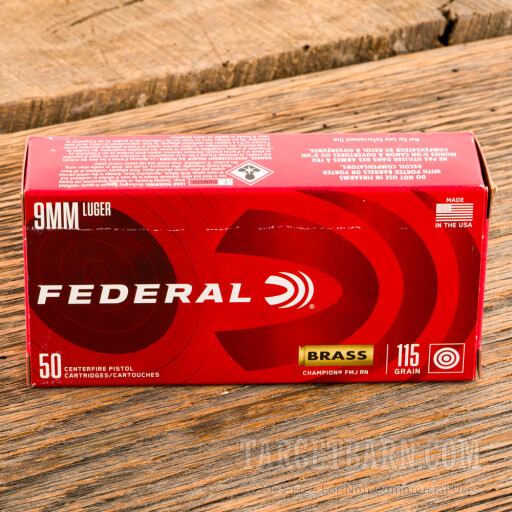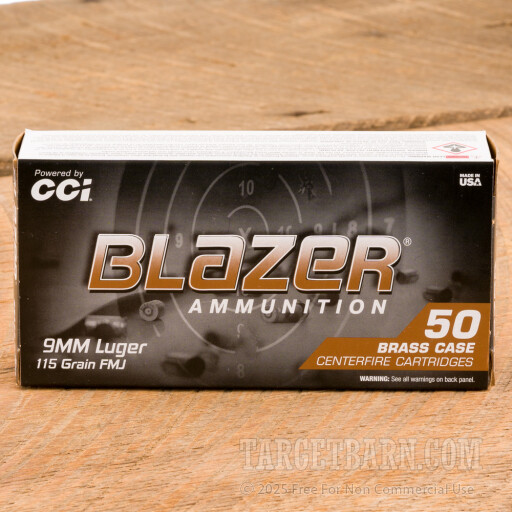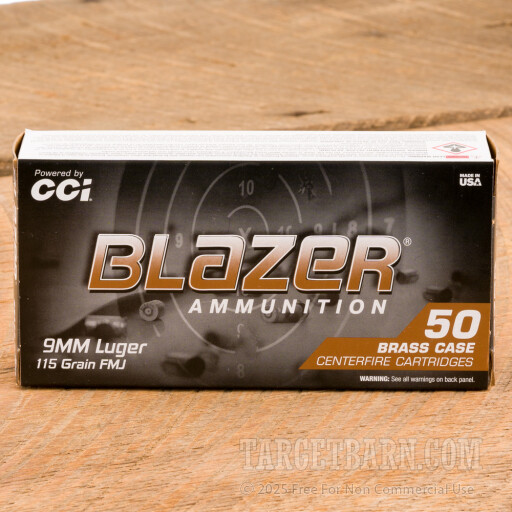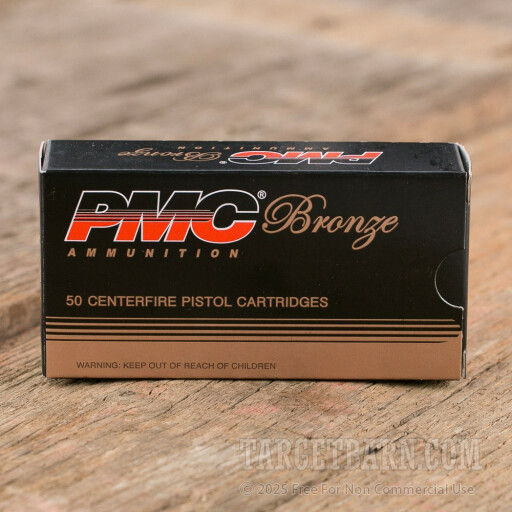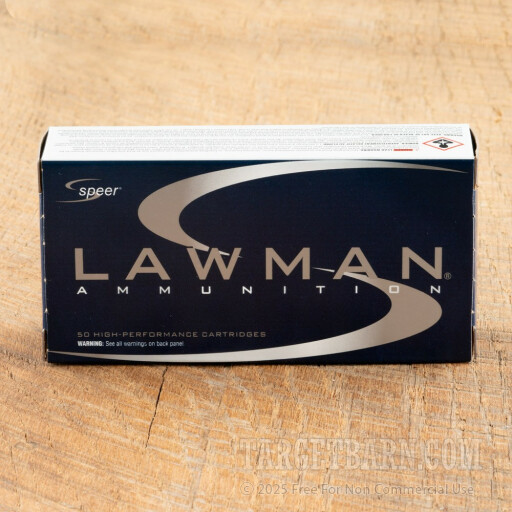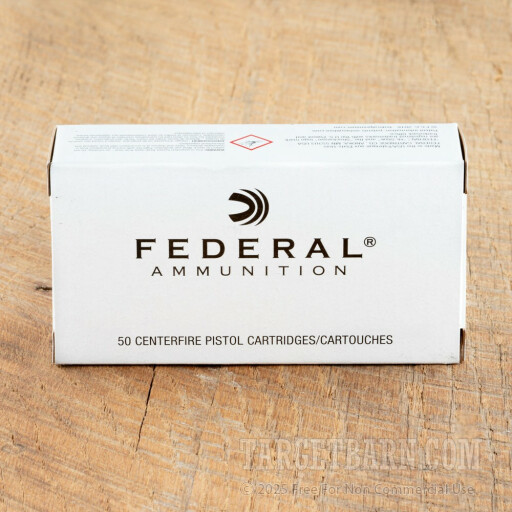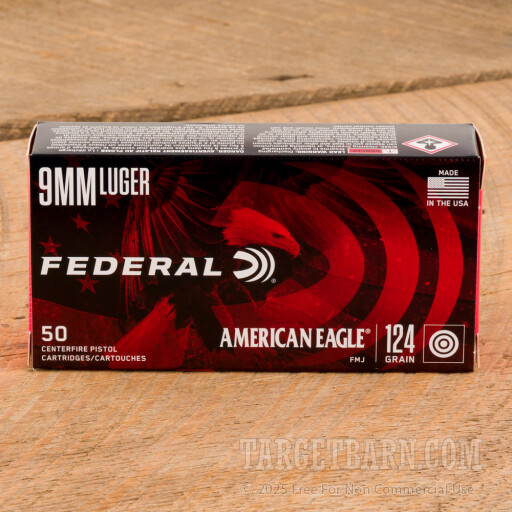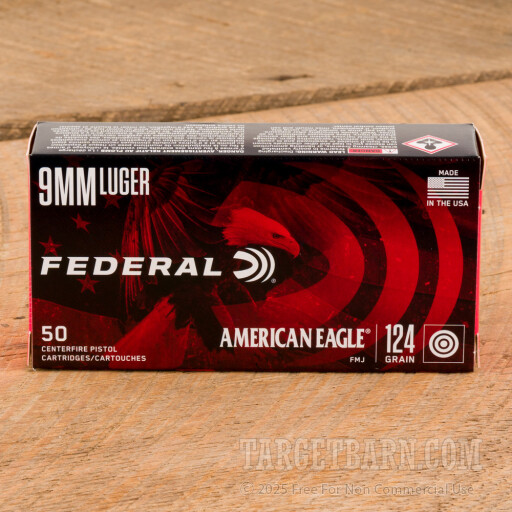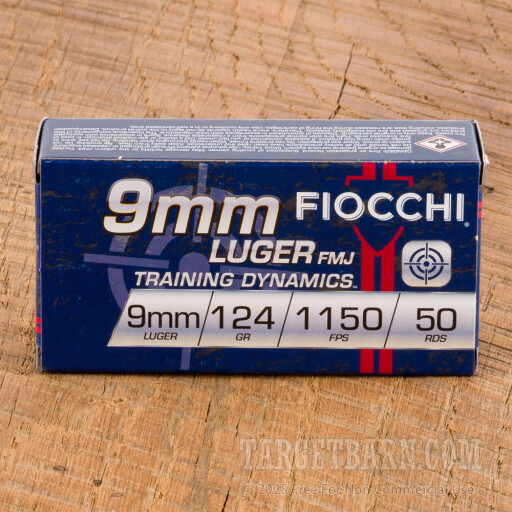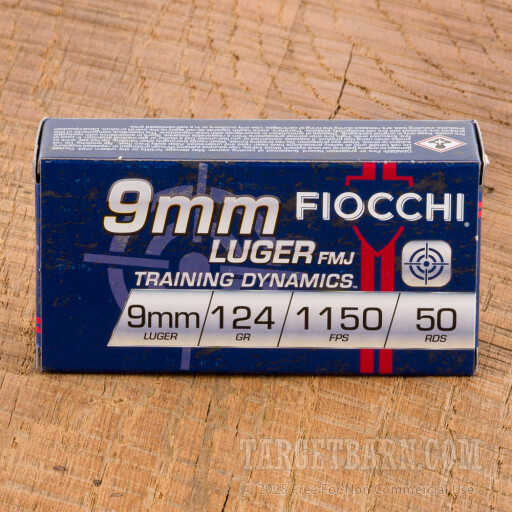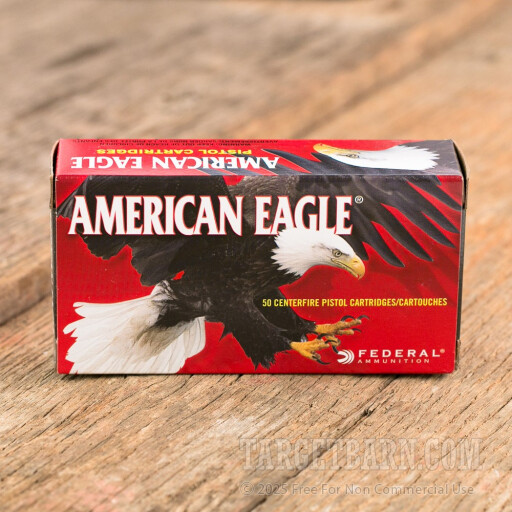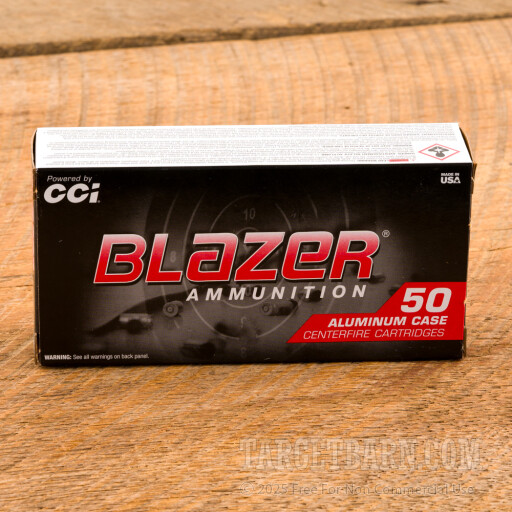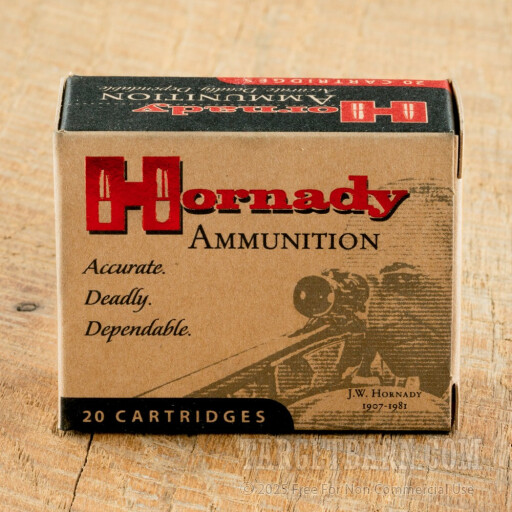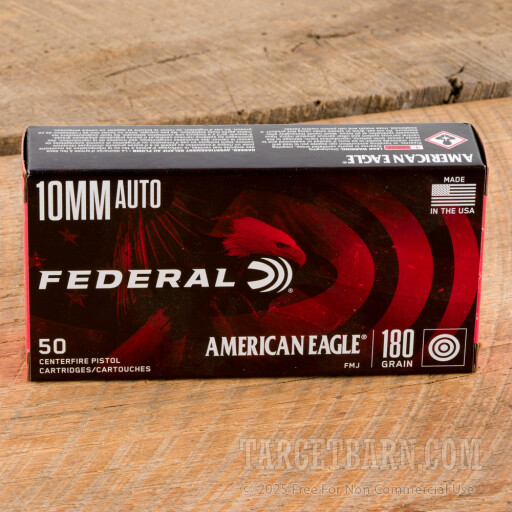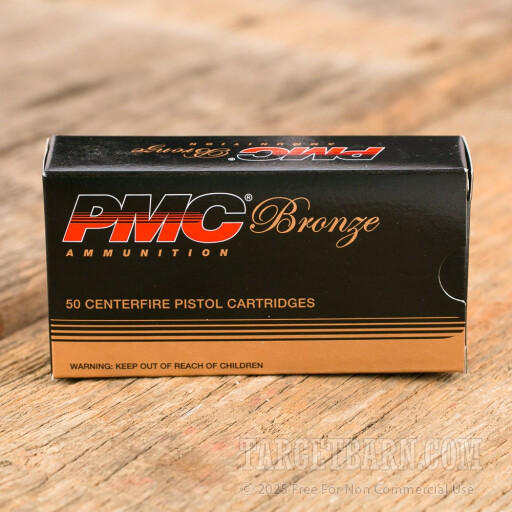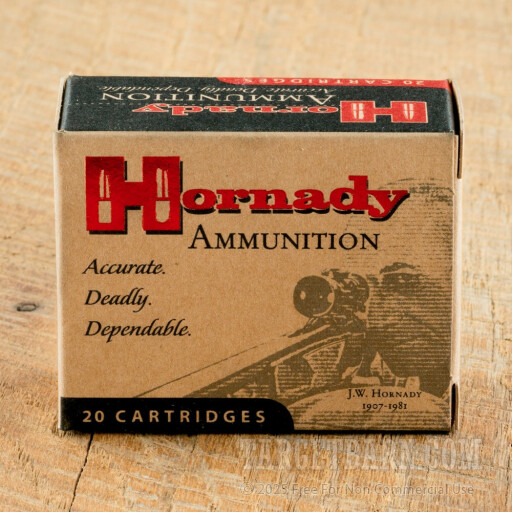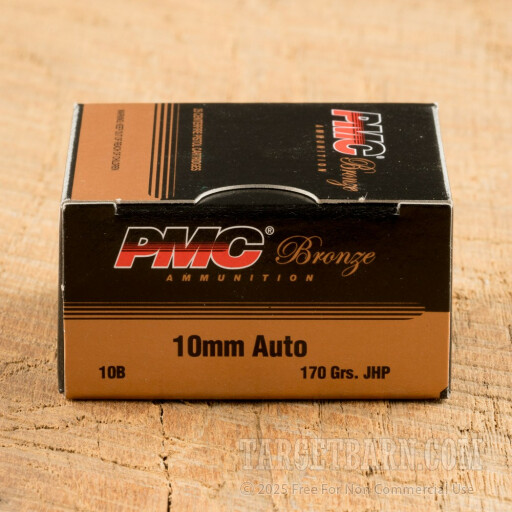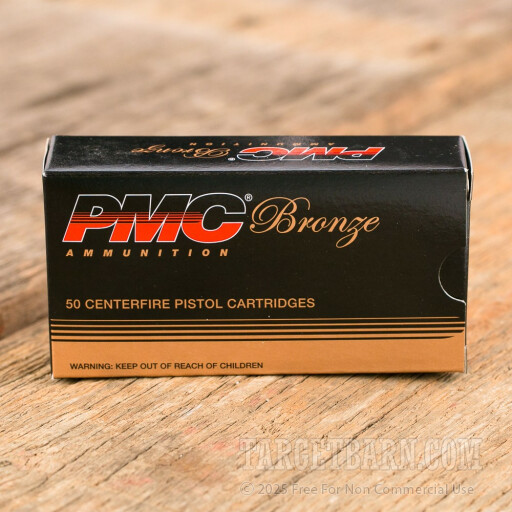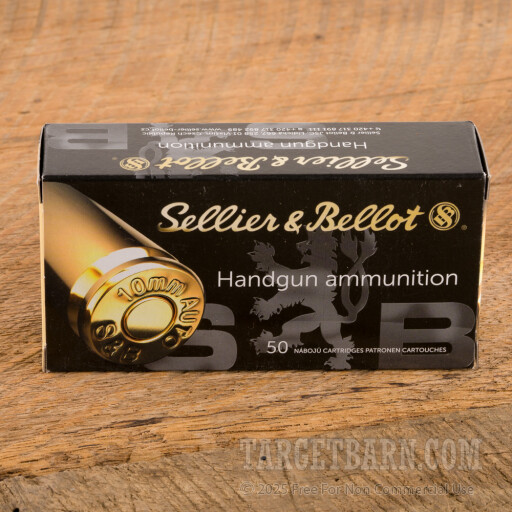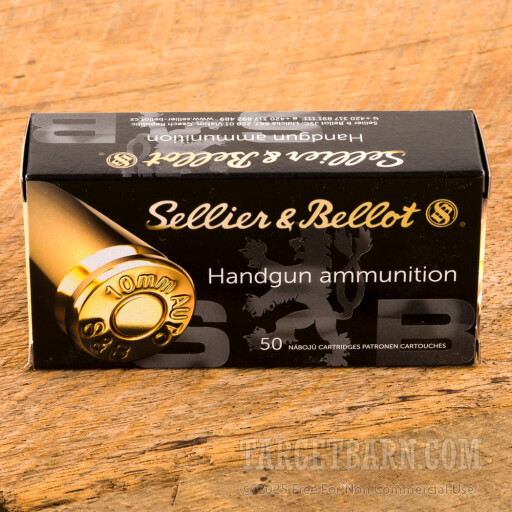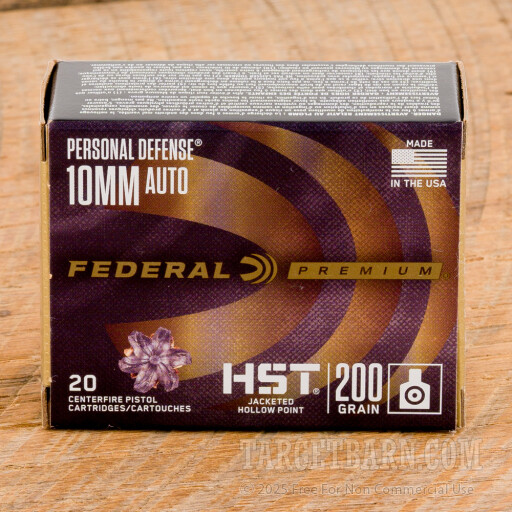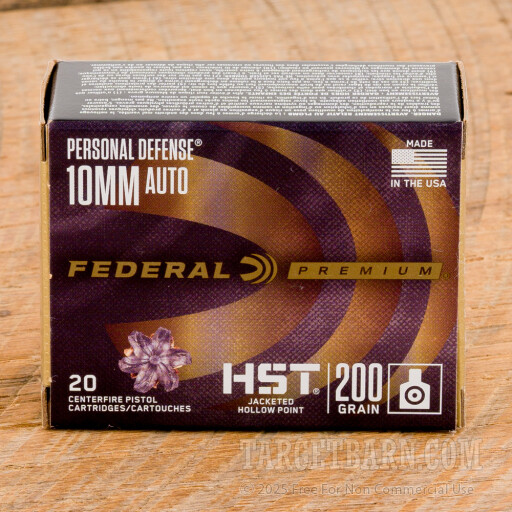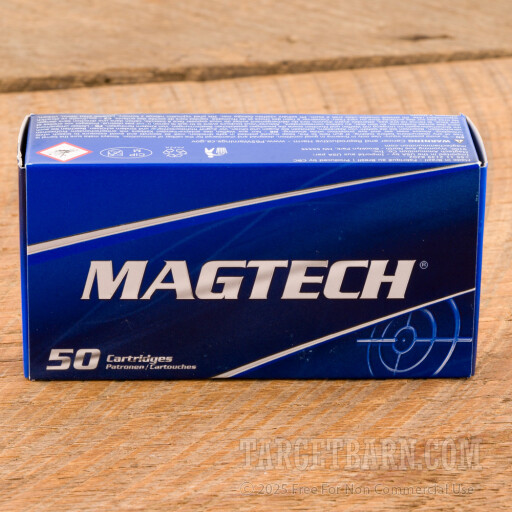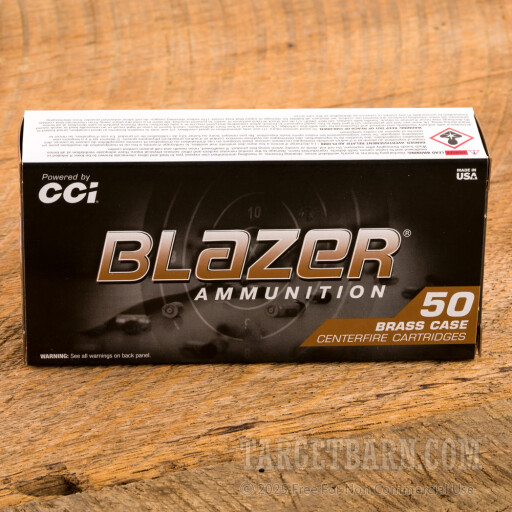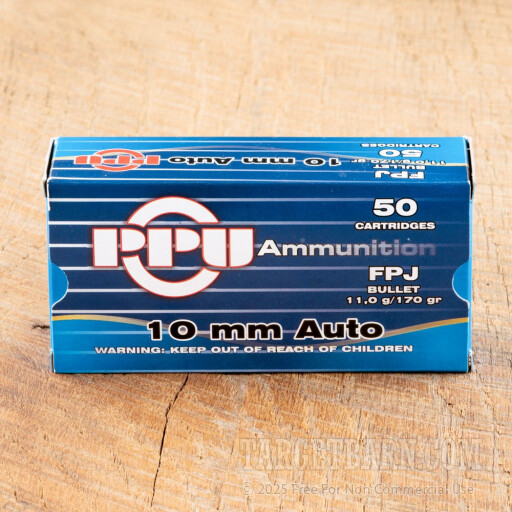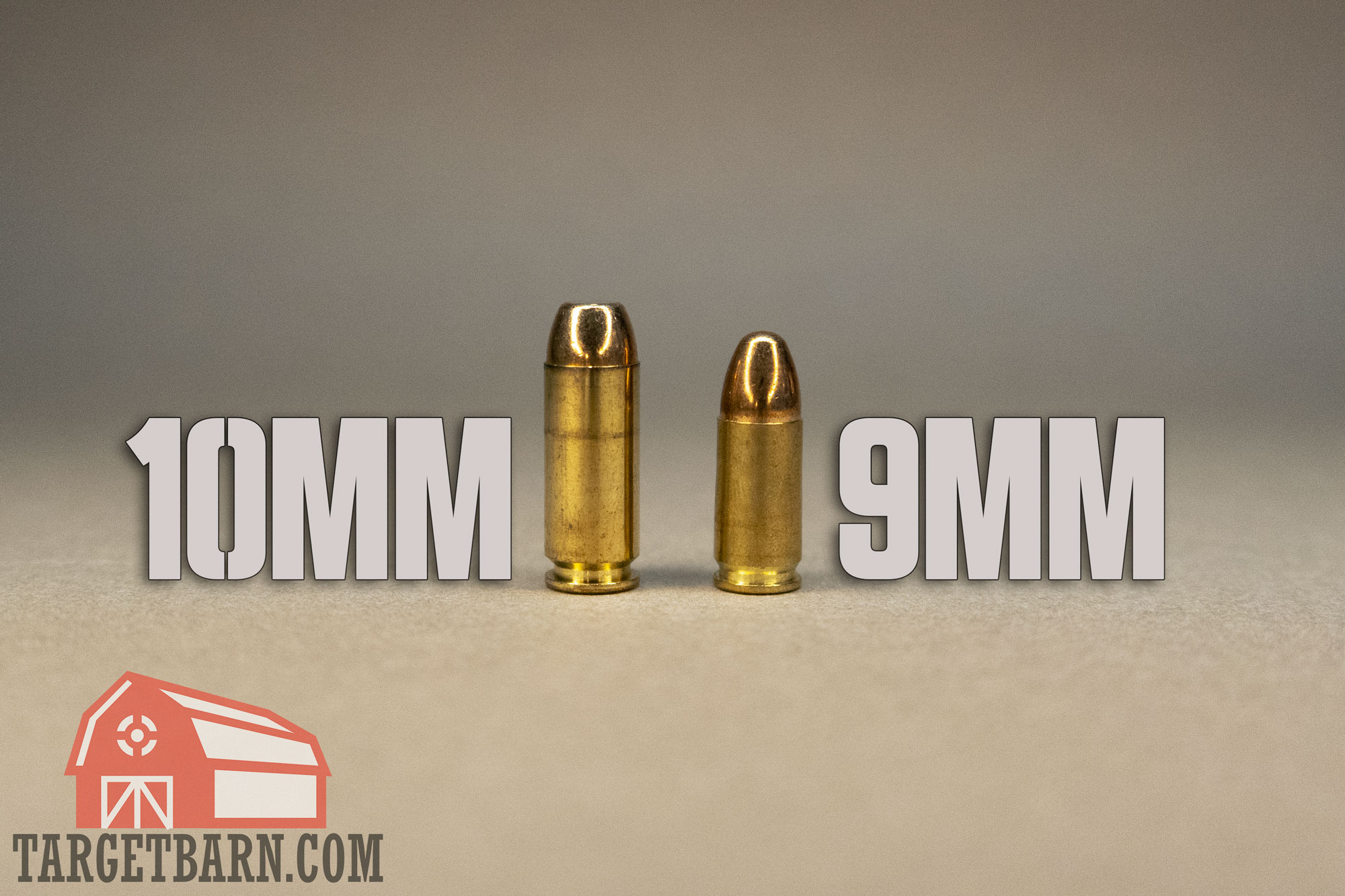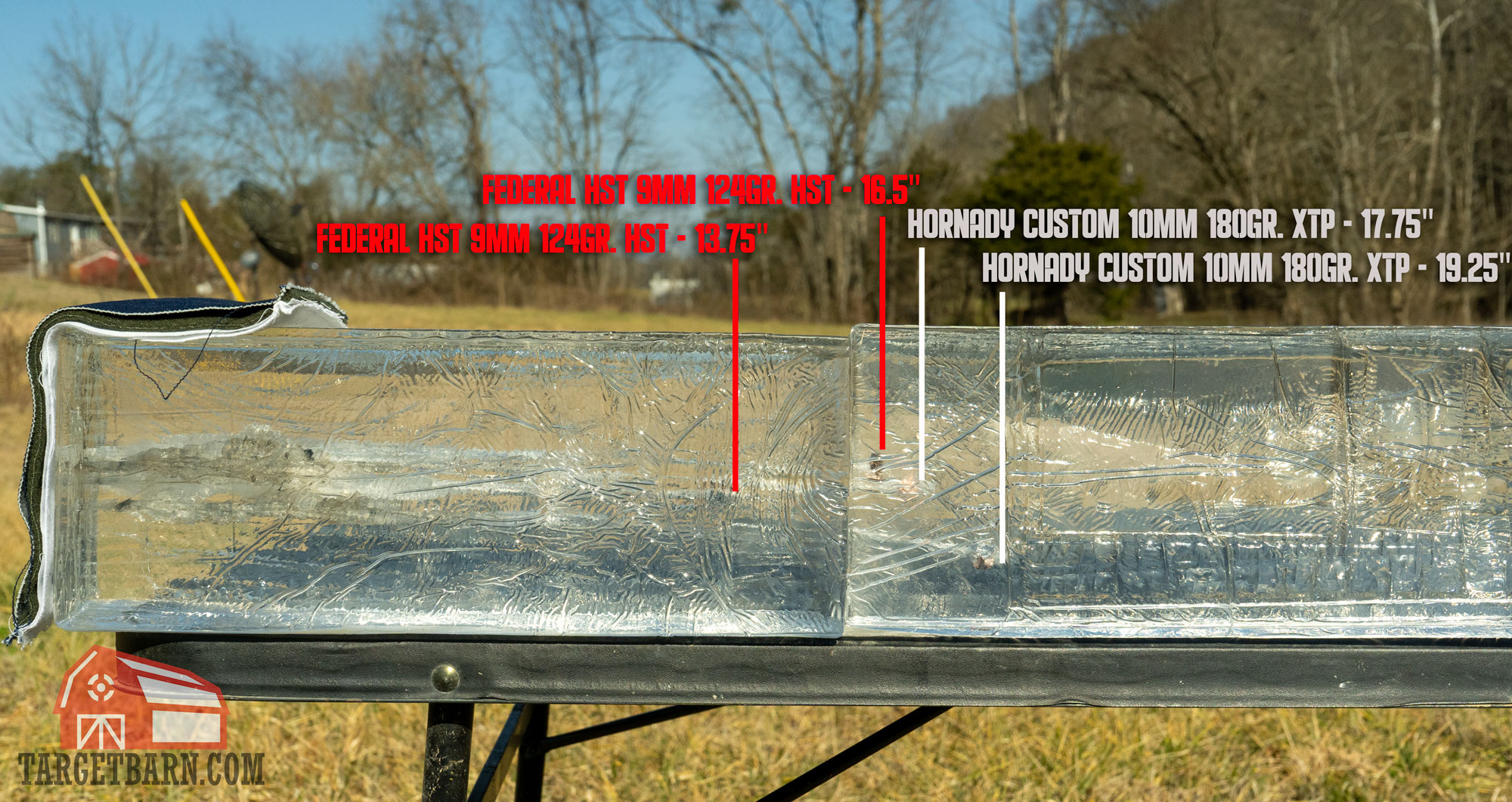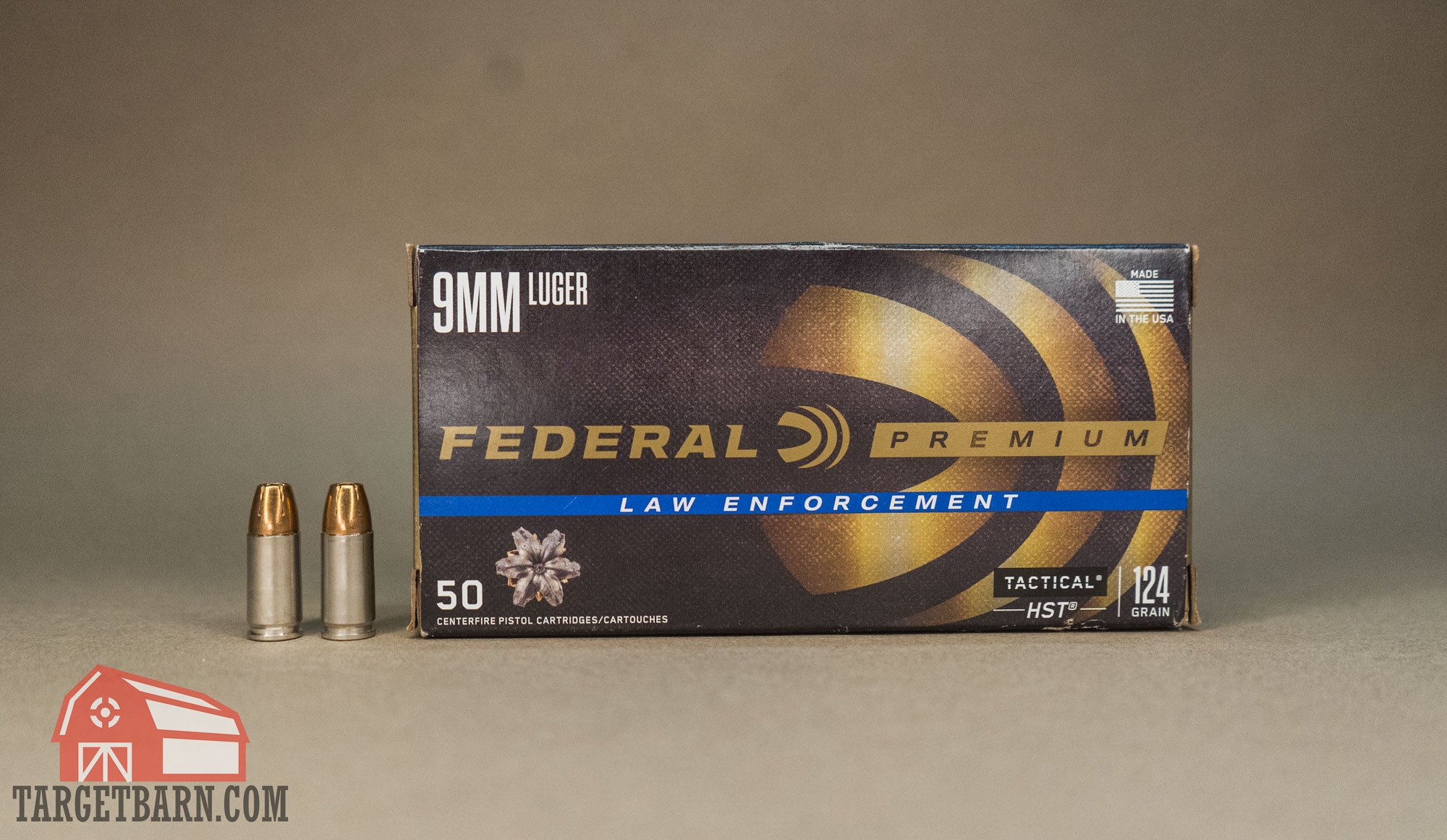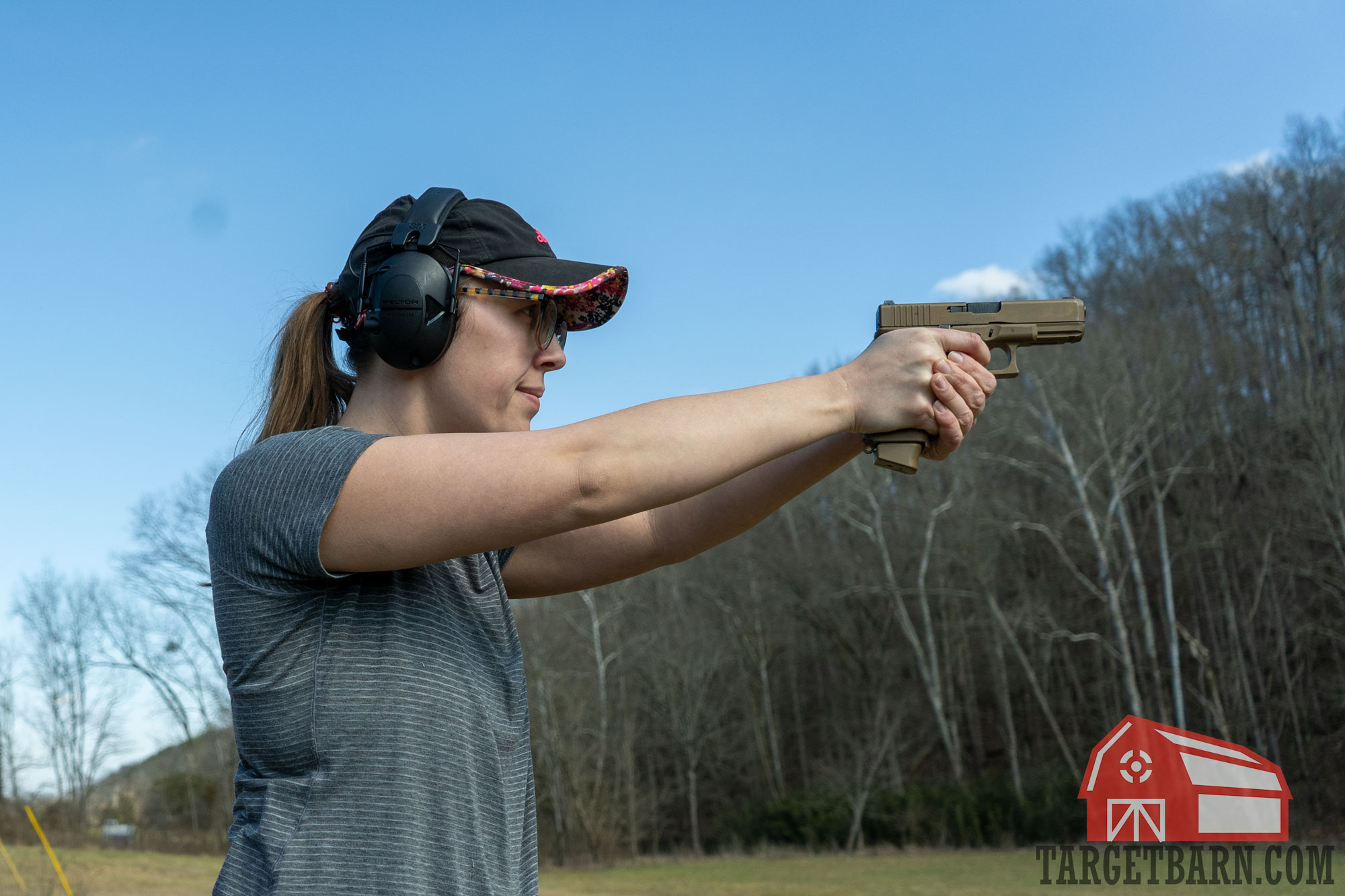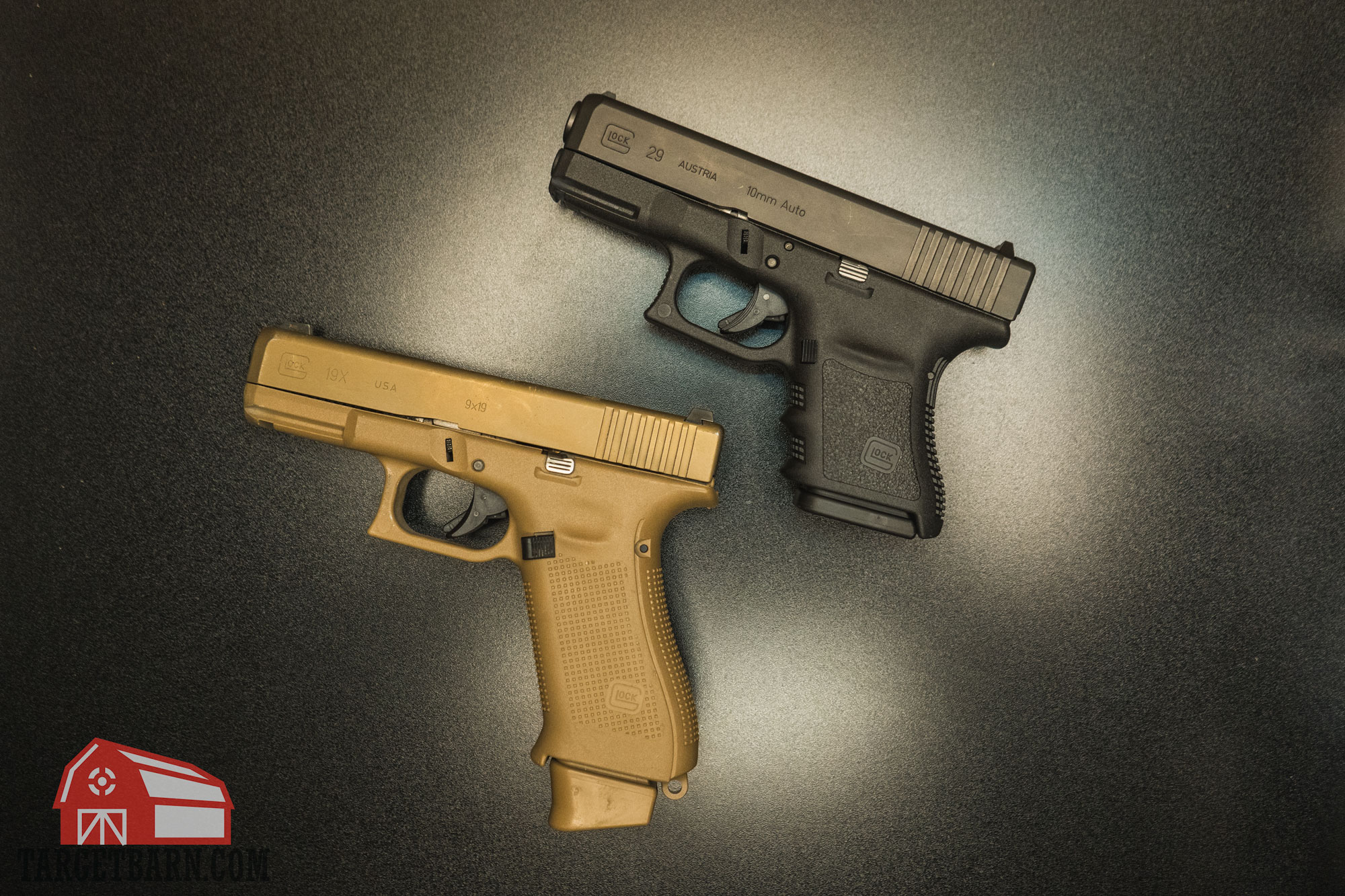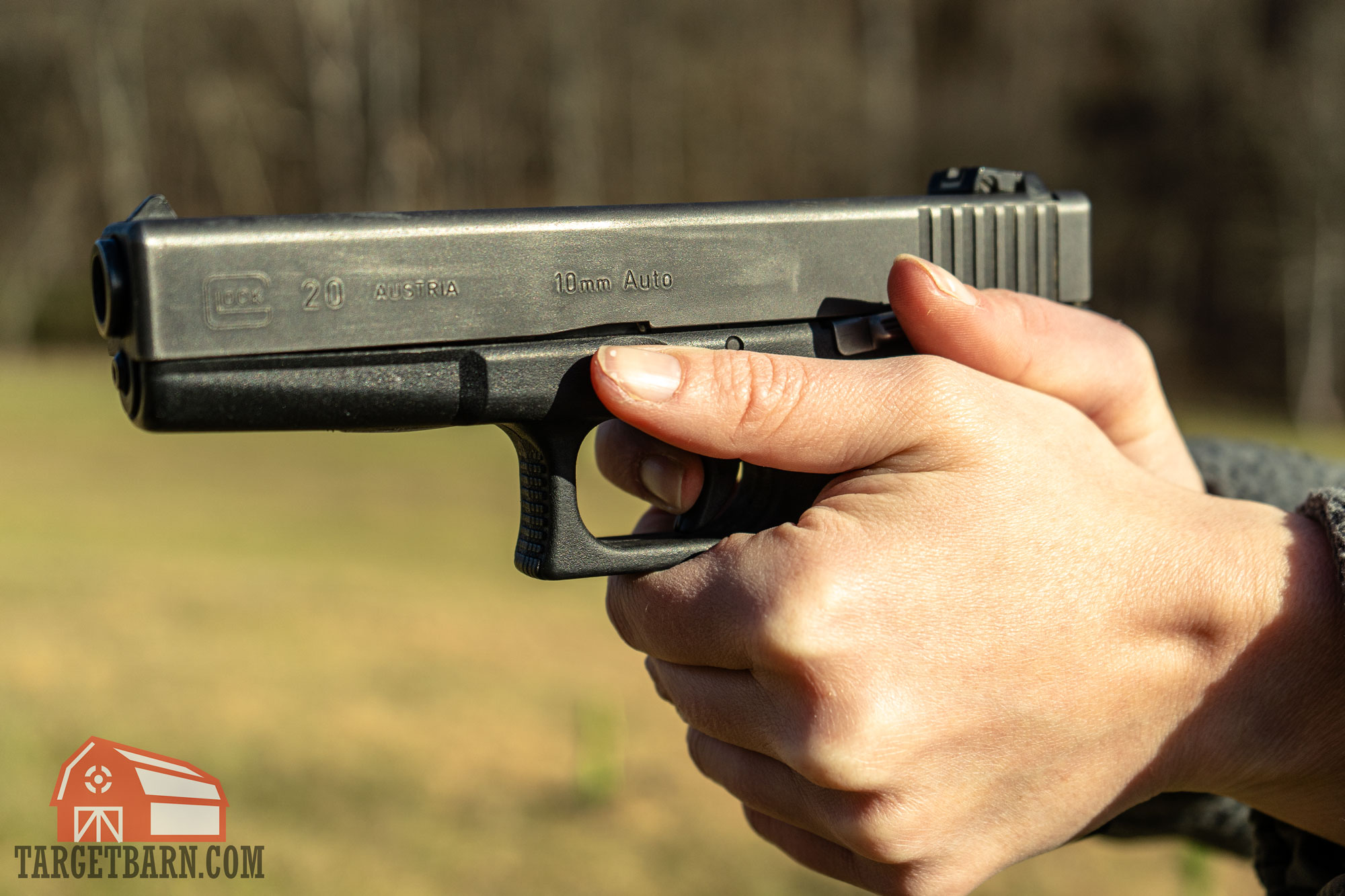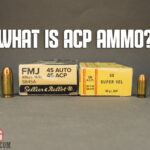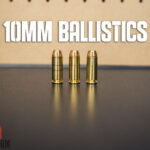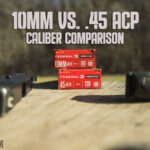When comparing the 10mm vs. 9mm cartridges, newer shooters may think that differences between the two calibers are small. After all, they’re just 1 millimeter apart, right? However, the 10mm and 9mm have some major differences in size and performance that are worth looking into.
10mm vs. 9mm Quick Facts
- As one of the most popular defensive calibers, there is a large selection of 9mm pistols in all sizes
- There aren’t as many 10mm pistols to choose from, and most are large-frame, full size pistols that aren’t easily concealable
- 10mm ammo is more expensive than 9mm ammo
- There is generally more variety and availability of 9mm ammo
- The 9mm generally has less felt recoil than the 10mm
- The 10mm is more powerful than the 9mm, though both rounds generally perform well in ballistic tests with quality ammo
10mm vs. 9mm Specifications
| 9mm | 10mm | |
|---|---|---|
| Place of Origin | German Empire | United States/Sweden |
| Designer | Georg Luger | Jeff Cooper, FFV Norma AB |
| Designed | 1901 | 1983 |
| Parent Case | 7.65x21mm Parabellum | .30 Remington |
| Case Type | Rimless, tapered | Rimless, straight |
| Bullet Diameter | .355" (9.01mm) | .4005" (10.17mm) |
| Case Length | .754" (19.15mm) | .992" (25.2mm) |
| Overall Length | 1.169" (29.69mm) | 1.260" (32.0mm) |
| Primer Type | Berdan or boxer small pistol | Large pistol |
| Max. Pressure SAAMI | 35,000 psi | 37,500 psi |
9mm History & Specs
Austrian firearms designer Georg Luger first created the 9×19 Parabellum cartridge, also known as 9mm, in 1901. The German military sought a larger caliber for their sidearms, leading Luger to develop the 9x19mm Parabellum by removing the bottleneck shape of his 7.65x21mm Parabellum case. This design change resulted in a tapered rimless cartridge and a bullet with a 9mm diameter.
In modern times, the 9mm is one of the most popular handgun calibers in the country and there are many 9mm ammo options available. Bullet weights for the 9mm typically weigh between 115gr. to 150gr., with average velocities ranging from 850 fps to 1300 fps out of pistols.
10mm History & Specs
Legendary firearms trainer Jeff Cooper played a part in introducing the 10mm Auto cartridge in the early 1980s. While Cooper loved 1911 pistols and the .45 ACP cartridge, he sought a pistol caliber that used a 200gr. bullet traveling 1200 fps, capable of reaching out to 50 yards. The round was initially designed for use in the new Bren Ten pistol, a semi-auto based off the CZ-75 pistol. However, the pistol was short-lived, mostly due to supply chain issues.
The popularity of the 10mm ebbs and flows, but today it has cemented its place in the market. The round is popular among some hunters for taking everything between hogs and whitetails with a pistol.
The 10mm packs bullets typically weighing between 155gr. to 200gr. Common velocities for these rounds range between 1000 fps to 1500 fps.
10mm vs. 9mm: Ballistics
| Cartridge | Gun Used | Barrel Length (in.) | Average Muzzle Velocity (fps) | Average Penetration (in.) | Average Expansion (in.) | Average Muzzle Energy (ft-lbs) |
|---|---|---|---|---|---|---|
| Federal Premium LE 9mm HST 124gr. HP | Glock 19x | 4.02 | 1147 | 15.13 | 0.619 | 362 |
| Hornady Custom 10mm 180gr. XTP | Glock 29 | 3.78 | 1110 | 18.5 | 0.66 | 492 |
I wanted to compare the 9mm vs. 10mm in a quick ballistic gel test at the range.
I shot two popular loads, the Federal Premium LE 9mm 124gr. HST and the Hornady Custom 10mm 180gr. XTP, into Clear Ballistics 10% synthetic ballistic gel. I shot two rounds of each cartridge into the ballistic gel with a 4-layer fabric covering from a 10-foot distance, in line with FBI standards. For the 9mm, I used a Glock 19x with a 4.02” barrel. I used a Glock 29 with a 3.78” barrel for the 10mm. I also chronographed the two rounds to obtain average muzzle velocity and muzzle energy. You can see the results in the chart above.
Keep in mind, this brief gel test just gives us an idea of how a select round from each caliber may perform. Ballistic performance will vary by each specific load and other conditions.
Penetration
The FBI’s penetration standards call for a penetration depth between 12” and 18”. This penetration depth tends to correlate with rounds that adequately penetrate soft tissue, reaching vital organs without over-penetrating.
Both shots from the 9mm fell between the standard, with an average penetration of 15.13”. The 10mm averaged a little over the 18” maximum at 18.5”. One shot landed at 17.75” while the other surpassed the 18” standard at 19.25”.
Expansion
I also measured each bullet’s expansion by digging the expanded bullets out of the gel and measuring with calipers. While expansion is not as important as penetration, we still like to see the bullet expand at least 1.5 times its original diameter. For 9mm, that is .533” and for 10mm that is .6”. Both rounds had no trouble meeting these expansion requirements.
10mm vs. 9mm for Self Defense
As we can see from our ballistic test above, both the 9mm and 10mm have no problem reaching the FBI’s standards with proper round selection. However, it is clear that the 10mm is far more powerful than the 9mm – but does that matter if the 9mm still meets the standards set in the ballistics test?
The 10mm is clearly a powerhouse when comparing bullet energy to the 9mm. Not only is the 10mm capable of defending against human attackers, it is also capable of defending against dangerous animals in the wild much better than the 9mm.
However, if you’re looking to defend against a human attacker, there are some clear advantages to choosing the 9mm over the 10mm:
- More 9mm gun options
- 9mm pistols have a higher magazine capacity than similarly-sized 10mm pistols
- More manageable recoil
- Cheaper and wider selection of ammo
Both the 9mm and 10mm are adequate for self defense, however the 9mm will be the better choice for most shooters. In some situations, the 9mm may require better shot placement or more follow up shots than the 10mm. That being said, the benefits of the 9mm make it the smarter choice for the average shooter.
10mm vs. 9mm: Recoil
When comparing the recoil of the 10mm vs. 9mm, the winner is the 9mm. Looking at muzzle energy, the 10mm cartridge packs a lot more punch than the 9mm. The Federal American Eagle 9mm 115gr. FMJ, a common 9mm load, has an advertised muzzle energy of 356 ft-lbs. On the other hand, the Federal American Eagle 10mm 180gr. FMJ has an advertised muzzle energy of 424 ft-lbs. This almost 100 ft-lbs difference in muzzle energy equates to harsher recoil for the shooter.
That being said, even recoil from a 9mm pistol can be unmanageable for a newer shooter who doesn’t know how to grip a pistol. Recoil from both the 9mm and 10mm can be mitigated with proper training.
Gun Options
Now you might be wondering what gun options are available for the 10mm vs. 9mm cartridges.
As the most popular defensive caliber on the market, nearly every handgun manufacturer produces a pistol chambered in 9mm. There is no shortage of semi-auto 9mms, including striker fired, single action, and double action pistols. Standard full size 9mm pistols have magazine capacities of 17+ rounds, while compact and subcompact guns have capacities between 7 and 15 rounds.
While there certainly aren’t as many 10mm gun options on the market, over the last decade or so, manufacturers have begun to produce more pistols chambered in the caliber. Initially, the only 10mm pistols you would find were single action semi-autos like 1911s and Browning Hi-Power types. In 1991, Glock introduced the Glock G20, a 10mm striker-fired pistol. Since then, manufacturers have produced a number of different 10mm pistols. Typically, they are full-sized handguns, but a few compact guns are available. Full size 10mm pistols typically have magazine capacities of 15 rounds, while compact 10mm pistols usually hold around 10 rounds. With 1911-style 10mm pistols, you’ll typically see a mag capacity of 8 rounds.
Ammo Cost & Availability
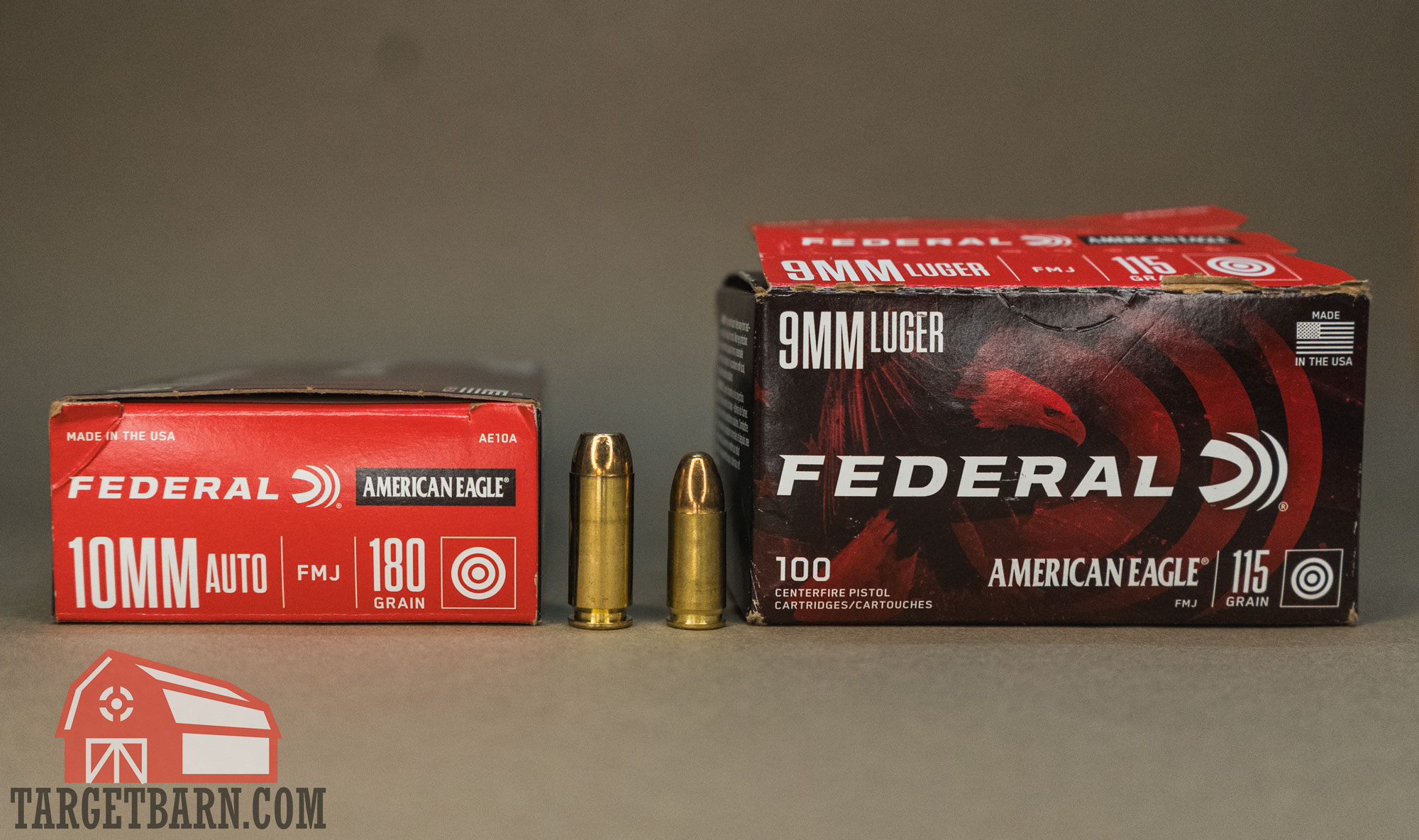
An important factor when selecting a gun to carry is the cost and availability of ammo for that specific firearm. So, how does the 10mm vs. 9mm stack up?
Ammo prices fluctuate, but 9mm ammo is almost always cheaper than 10mm ammo. As of writing this in early 2025, some 10mm ammo is almost double the price of similar 9mm loads. Shooters also get many more ammo options for 9mm over the 10mm.
These differences are due to the popularity of the 9mm. Because the 9mm is essentially the default defensive pistol caliber, manufacturers tend to focus their production on the round. The 10mm is more of a niche cartridge with fluctuating demand. So while there are many great 10mm ammo options, there are even more for the 9mm.
This also means that in times of high demand, you are more likely to find 9mm ammo than 10mm. However, smart shooters stock up on plenty of ammo for just this purpose.
Final Thoughts
If you’re trying to decide between the 10mm vs. 9mm, especially for self defense, you should look at what you’re trying to get out of the caliber. While the 10mm is certainly more powerful than the 9mm, it comes with the drawbacks of less ammo and gun options, more expensive ammo, stronger recoil, and less magazine capacity. However, if you’re looking for a cartridge that you can carry in a pistol in the backcountry to protect you from wild animals, the 10mm is the way to go.
Whichever caliber you load up with, just know you can find great deals on all your favorite ammo here at Target Barn!

